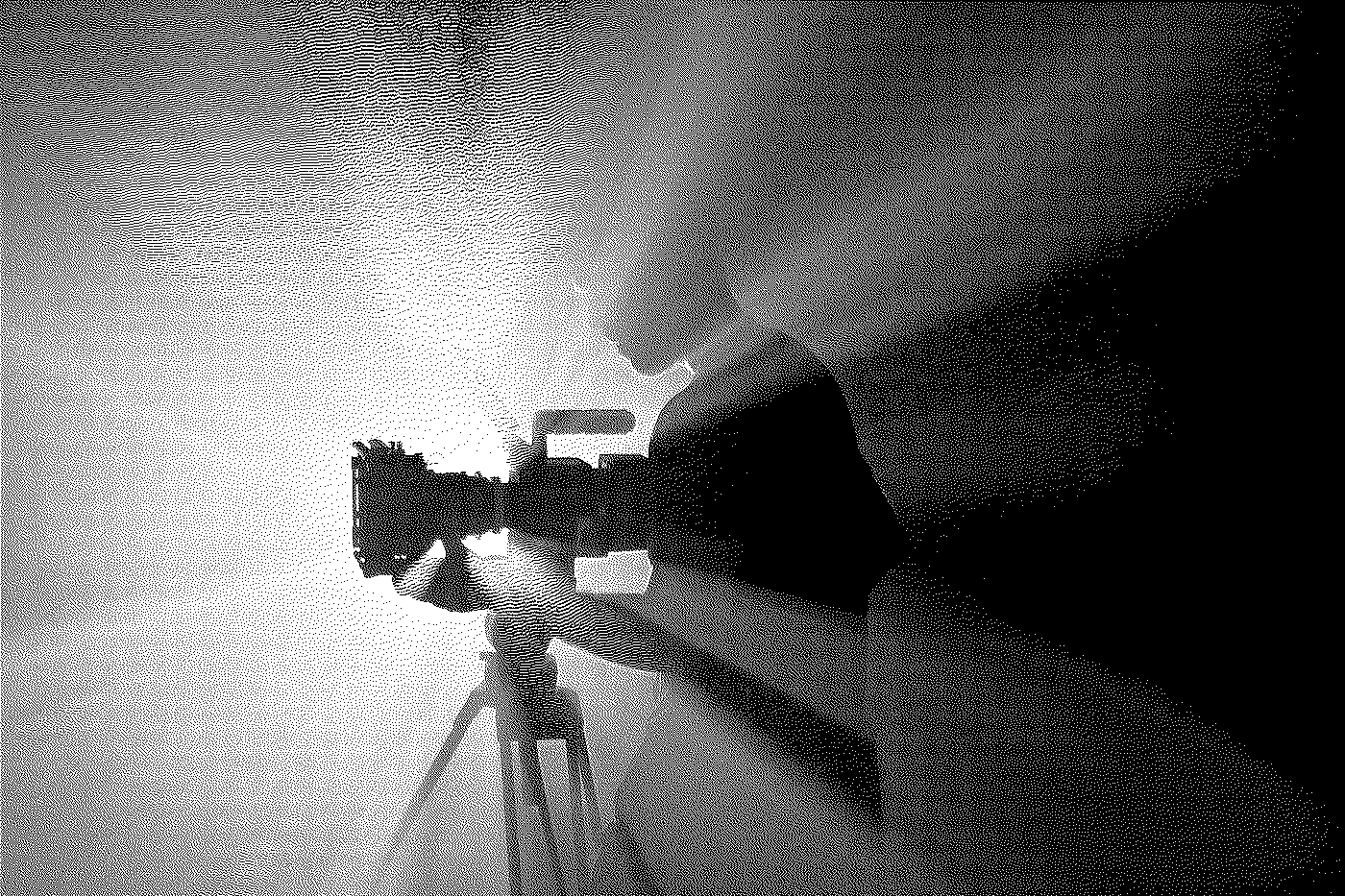Small European Film Markets: Portraits and Comparisons
Performance Indicators / Production
Production
1. Production volume
By Jakob Isak Nielsen & Cathrin Bengesser
This section compares the development of the production of fiction and documentary titles in the CresCine ecosystems between 2014 and 2022 (Methodology: Production volume).
The scale of domestic productions is an important factor for determining the sustainability of a domestic film production sector.
The visualization of fiction and documentary productions shows considerable differences between the CresCine ecosystems in terms of the overall output understood as 100% national films and majority co-production as well as compared to minority co-productions.
The impact of the Covid-19 pandemic is clearly visible in the 2022 drop in fiction production volumes in Croatia, Ireland, Lithuania, Portugal, and Flanders. Fiction production volumes in Estonia and Denmark remained relatively stable across 2019 to 2020 and this stability correlates with historically high domestic market shares for local films in those markets in 2020 (26.7% and 50.2% respectively) (see: Admissions and markets shares).
The production mix for the total output of fiction and documentary features in our seven markets is summarized above, showing the mix of 100% national, majority co-productions, and minority co-productions aggregated for the years 2014-2022. The summarized data indicate that some markets in our sample have a more pronounced co-production culture.
Considering the total fiction productions between 2014 and 2022, Croatia and Flanders show the clearest orientation towards minority co-productions, which account for 42% and 35% shares of their total fiction production respectively. Considering fiction co-productions in relation to 100% national productions, Ireland features the strongest co-production orientation with three quarters of its fiction output being co-produced; Lithuania shows the strongest orientation towards 100% national productions.
Because the domestic population is the key audience for domestic films for all the CresCine markets except Ireland (see: Admissions and market shares), it is relevant to consider the total output of domestic productions relative to population size. The difference is greatest between the smallest and the largest countries in the sample. The Estonian audience (of 1.3 million inhabitants) is served 7 feature films per 500,000 inhabitants, while the Portuguese audience (10 million inhabitants) is served with a comparatively low 1.35 domestic films per inhabitant. These differences are even more pronounced if only fiction features are considered.
Beyond domestic production, some CresCine markets such as Ireland and Croatia feature a substantial production service industry that works on films and series not included here.
2. Genre mix
By Cathrin Bengesser & Jakob Isak Nielsen
This section considers which film ‘make’ (animation vs. live action) and genres have been produced within the fiction feature output of the CresCine markets between 2014 and 2022 (see Methodology: Genre). Because of their comparatively low production volume (see: Production Volume), small ecosystems are challenged in offering a diversity of films in terms of sustaining a regular output of and producing films across a wide variety of genres. The comparison highlights how the individual ecosystems cope with this challenge from the perspective of production. The section Top performing films considers the genres of those fiction features with the highest admission numbers domestically and internationally.
In feature production, live-action films clearly dominate across all countries. Nevertheless, it is interesting to consider trends in animation output, because animation features are among the best performing titles at the domestic and international box office (see Top performing films). There were 35 animated feature fiction films produced in the CresCine ecosystems across the entire period. The output was highest in Denmark (14 features) with Ireland and Flanders each contributing six films in the 2014-22 period. As highlighted in the Estonia portrait, the country also has an established animation infrastructure.
All CresCine ecosystems have produced at least one animated feature in that timeframe, but the output is uneven across the years. Considering the numerically low output of animation films, 2018 stands out partially due to the four animation films produced in Denmark alone. The output of Danish animation has since stabilized at around two features per year. Flanders’ and Ireland’s output of domestic animation is not yet stable across the years, but also includes extraordinary performances at the box office and in VoD distribution, with films such as Song of the Sea (IE, LU, BE, FR, DK 2014) and The Queen’s Corgi (BE, US 2019).
The analysis of production according to genre is based on IMDb genre tags retrieved from Lumiere Pro and manual matching (see: Methodology: Genre). Since many films have multiple genre tags, the numbers refer to the share in the total genre tags for each market, not the total of films. The analysis includes 1489 genre tags spread across the total of 893 theatrically released feature fiction films produced in CresCine markets (2014-2022).
In the total of fiction films produced in CresCine markets between 2014 and 2022, ‘drama’ (555 tags) and ‘comedy’ (277 tags) are the most prevalent genre tags. Portugal stands out in having a strongly drama-oriented repertoire of films, the drama tag constituting close to half of Portugal’s total in the period. Alongside Portugal, Ireland is also more drama-oriented than Lithuania, Estonia and Flanders, where comedy is a more pronounced genre trait.
Other prevalent genre tags include ‘family’ (93), ‘thriller’ (88) and ‘romance’ (87) followed by ‘crime’ (54) and ‘adventure’ (52). Denmark and Flanders have a considerable output of family films that not only encompasses the aforementioned animation films, but predominantly live-action films like the Flemish K3 (BE 2014, 2017, 2020) movies. Traditionally more budget-intensive genres like ‘fantasy’ (29) and ‘sci-f’' (17) are less frequently produced by the small markets under consideration.
Many of the CresCine markets also stand out regarding the less dominant genre tags. Romance represents a noticeably larger share of the domestic output in Lithuania and Portugal for instance. Ireland stands out regarding its considerable share of ‘horror’ and ‘mystery’ films. The ‘action’ tag is less frequent overall (40) but has a considerably higher share in Flanders, and to a lesser extent in Croatia, than in other markets.


